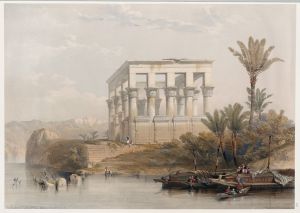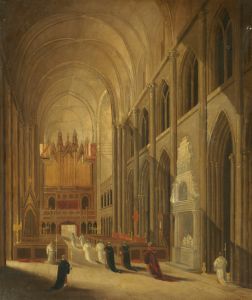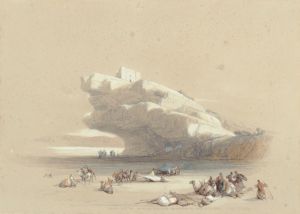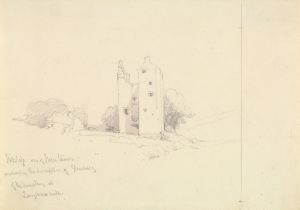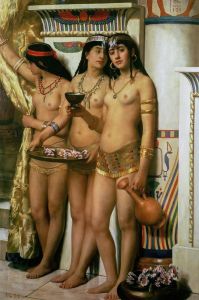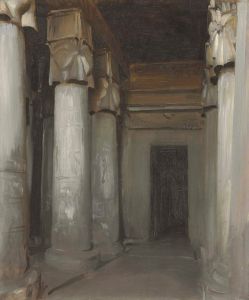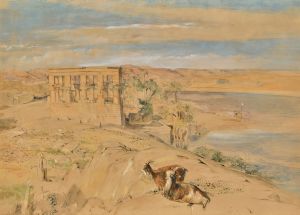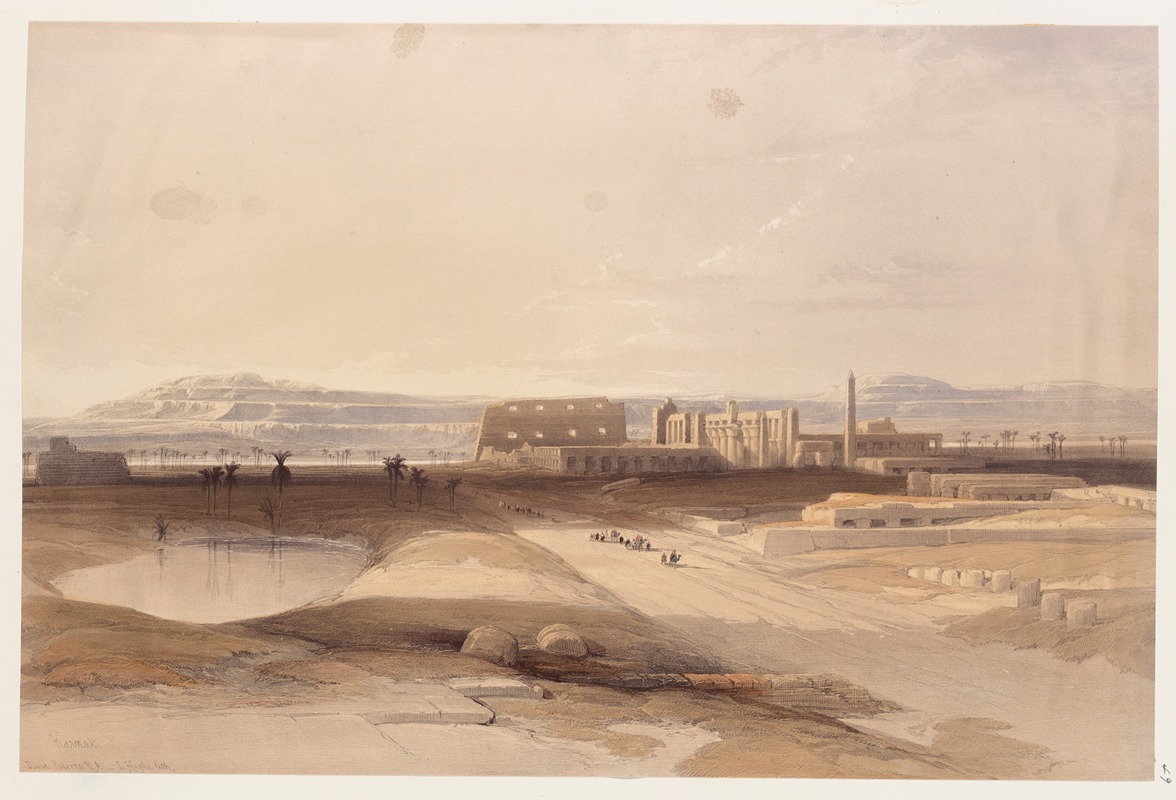
Karnak
A hand-painted replica of David Roberts’s masterpiece Karnak, meticulously crafted by professional artists to capture the true essence of the original. Each piece is created with museum-quality canvas and rare mineral pigments, carefully painted by experienced artists with delicate brushstrokes and rich, layered colors to perfectly recreate the texture of the original artwork. Unlike machine-printed reproductions, this hand-painted version brings the painting to life, infused with the artist’s emotions and skill in every stroke. Whether for personal collection or home decoration, it instantly elevates the artistic atmosphere of any space.
David Roberts' painting "Karnak" is a depiction of the Karnak Temple Complex, one of the largest and most significant ancient religious sites in Egypt. Painted in the 19th century, this artwork is part of Roberts' extensive series of works that document the landscapes, architecture, and monuments of the Middle East and North Africa. Roberts, a Scottish painter, is renowned for his detailed and romanticized portrayals of historical and architectural landmarks, which were based on his travels and sketches made during his journey to the region in the 1830s.
The Karnak Temple Complex, located near Luxor (ancient Thebes), was a major center of worship in ancient Egypt, primarily dedicated to the god Amun-Ra. It is known for its massive columns, intricate carvings, and monumental architecture, which reflect the grandeur of ancient Egyptian civilization. Roberts' painting captures the scale and majesty of the site, emphasizing its historical and cultural significance.
Roberts visited Egypt in 1838–1839 as part of a broader expedition through the Middle East. During this journey, he created numerous sketches and studies of the region's landmarks, which he later developed into finished works. His paintings and lithographs were widely acclaimed in Europe and contributed to a growing fascination with Egyptology during the 19th century. "Karnak" is one of many works that helped introduce European audiences to the wonders of ancient Egypt.
The painting is characterized by Roberts' attention to detail and his ability to convey the atmosphere of the location. He often included figures in his works to provide a sense of scale and to highlight the human interaction with these ancient sites. His use of light and shadow enhances the dramatic effect of the scene, showcasing the ruins in a way that evokes both their historical importance and their enduring beauty.
David Roberts' works, including "Karnak," were published as part of a series of lithographs titled The Holy Land, Syria, Idumea, Arabia, Egypt, and Nubia. These lithographs, produced by Louis Haghe, were based on Roberts' original sketches and paintings. The publication was a significant achievement in 19th-century art and publishing, as it provided a visual record of regions that were relatively unknown to European audiences at the time.
Today, Roberts' paintings and lithographs are valued for their artistic merit and their role in documenting historical sites. While his works are not always considered entirely accurate representations due to their romanticized style, they remain important as historical artifacts that reflect the 19th-century European perspective on the ancient world.





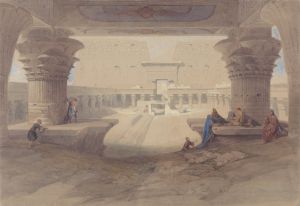
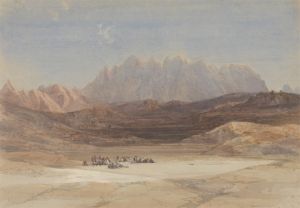
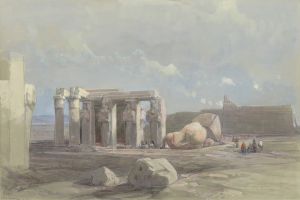
![Karnac [Karnak]. Nov. 29th, 1838](/imgs/217503/s/david-roberts-karnac-karnak-nov-29th-1838-5a10b435.jpg)
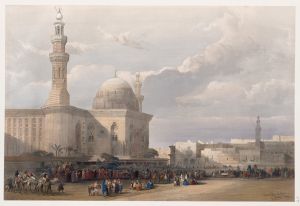
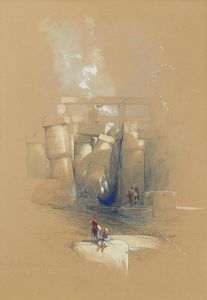
![Ruins of Karnack [Karnak].](/imgs/217533/s/david-roberts-ruins-of-karnack-karnak-f5b9f9ff.jpg)
